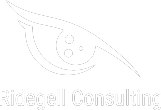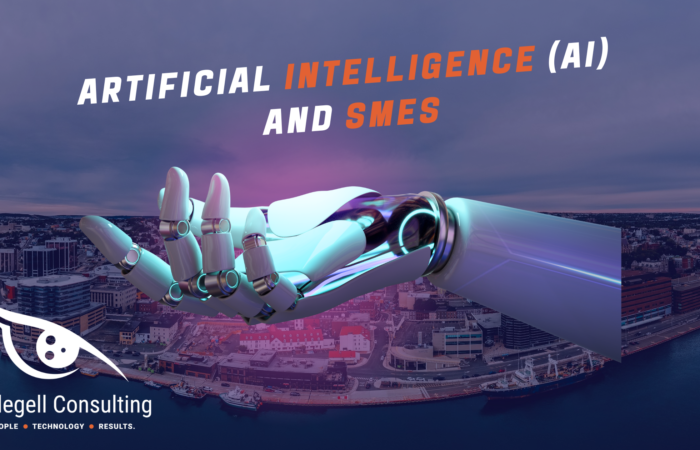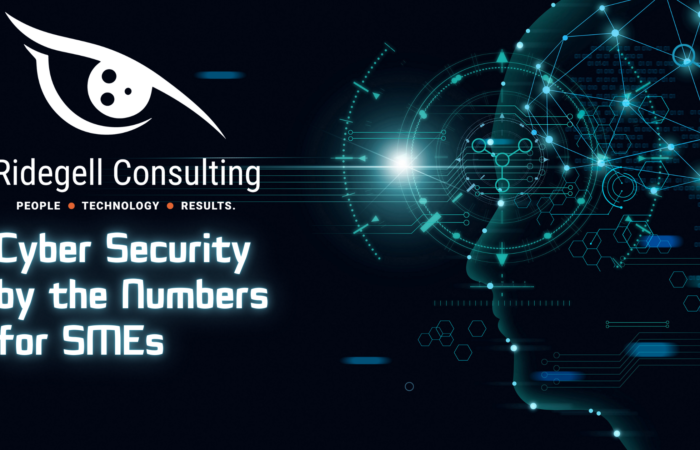Estimated reading time: 5 minutes

The Power of Process: Why Documentation is Critical for IT and Business Success
Is your business struggling with technology, cybersecurity, software implementation, or your service desk?
You’re not alone.
Today’s IT departments are facing bigger challenges than ever. According to IDC, 90% of organizations will feel the pain of the IT skills crisis by 2026. On top of that, many IT teams are asked to do more with fewer resources.
At the root of the problem? Most businesses are missing one critical piece: Process.
Understanding “People, Process, Technology” (PPT)
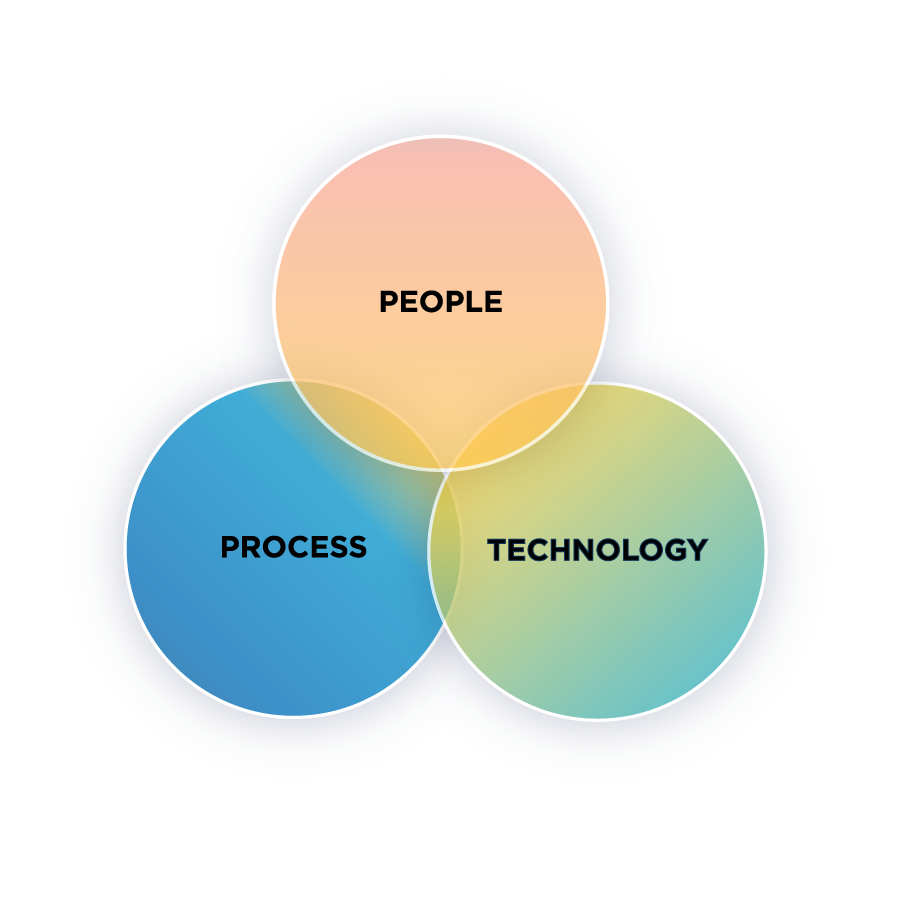
The People, Process, Technology (PPT) framework is a proven method for improving organizational success. It emphasizes three key pillars:
- People: Your employees’ skills, creativity, and dedication.
- Process: The structured workflows that drive efficiency and consistency.
- Technology: The tools and platforms that support and enhance operations.
While hiring great people and buying the right technology are essential, the process is the hardest and most powerful piece to get right.
Why Process Is Always the Hardest (And the Most Important)
Hiring people (even with today’s talent shortage) is possible.
Buying software or hardware? Easy with a big enough budget.
But process?
- It needs to be understood.
- It needs to be flushed out.
- And most importantly, it needs to be documented.
In over 25 years of experience, I’ve seen the same thing again and again:
Businesses spend huge amounts on tools and staffing — only to wonder a year later why projects fail, timelines slip, and budgets spiral out of control.
The answer is almost always a broken or missing process.
The True Power of Process
Documented processes bring massive benefits across IT and the entire organization:
- Efficiency
Good processes eliminate wasted time and streamline workflows, allowing teams to work smarter and faster. - Consistency
Following structured procedures ensures repeatable, high-quality results every time. - Scalability
Well-defined processes make it easier to grow, adapt to change, and onboard new employees. - Risk Management
Processes add checks and balances, reducing errors, improving compliance, and lowering operational risks. - Continuous Improvement
With clear documentation, it’s easier to spot bottlenecks, gather feedback, and refine operations for even better performance.
Bottom Line: The right process turns chaos into structure, and structure into success.
Real-World Example: Toyota’s Process Excellence
Toyota’s legendary success is a real-world example of mastering the People, Process, Technology framework.
- They empower employees at every level.
- They define and optimize every process in their manufacturing operations.
- They strategically implement technology to enhance, not replace, the process.
Their relentless focus on process makes them a global leader in efficiency, innovation, and customer satisfaction.
Why Strong Processes Are More Important Than Ever in the AI Era
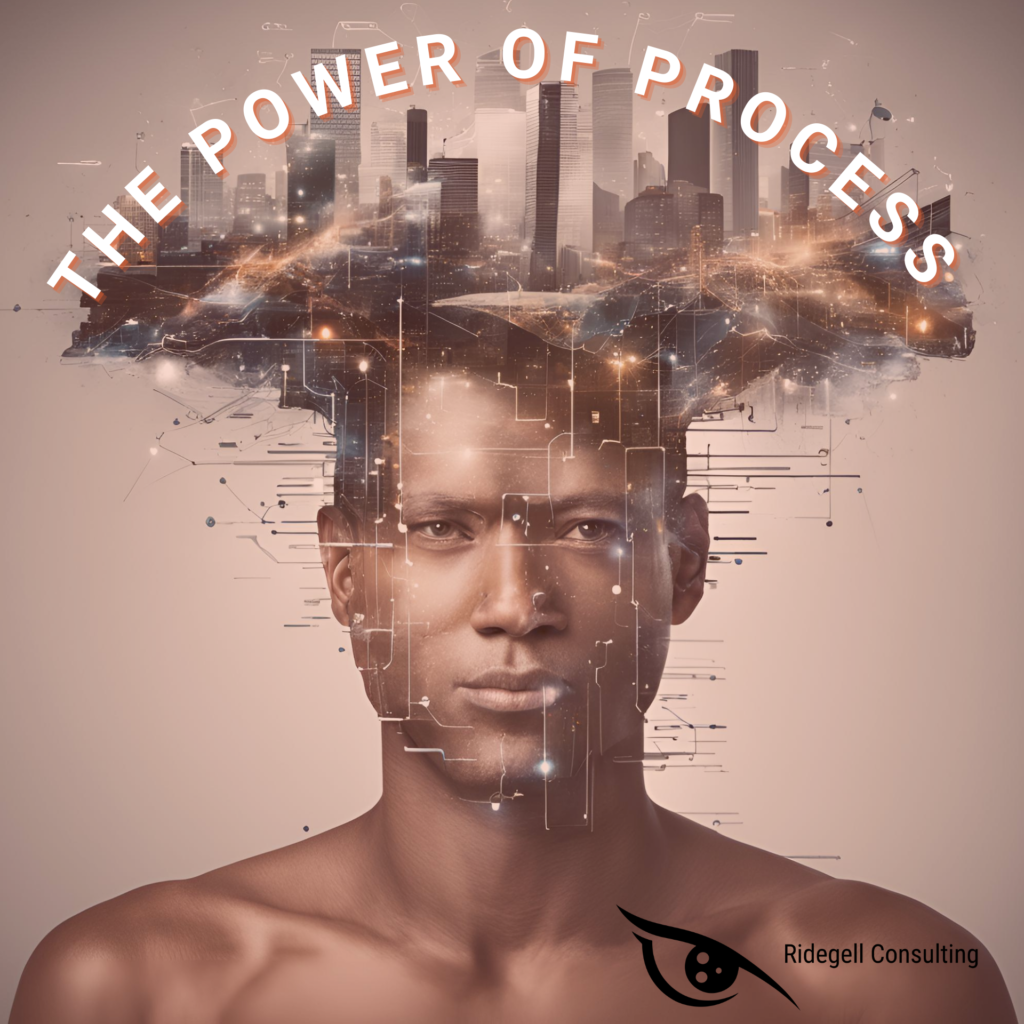
Today, AI is reshaping industries, but only for businesses that have strong, well-documented processes.
According to Accenture, sectors like automotive and fast food are seeing the fastest AI adoption rates. Why?
- Their processes are clearly defined.
- Their data is clean and structured.
- Their workflows are built for automation.
Without mature processes, AI initiatives often fail, leading companies to conclude that “AI isn’t a fit” when the real issue is a lack of foundational process documentation.
How to Start Building Powerful Business Processes Today
Here’s how your organization can begin unlocking the power of process:
Begin Documenting
- Start small. Even jotting down who owns a process or outlining basic steps is a win.
Implement and Update
- Don’t let process documents gather dust. Review and update them regularly to keep pace with business changes.
Practice Continuous Improvement
- Adopt a culture of ongoing process review. Use tools like flowcharts to map workflows and identify inefficiencies.
Automate Where Possible
- Analyze which processes can be automated with RPA (Robotic Process Automation) or other tools to save time and reduce errors.
Monitor and Gather Feedback
- Create mechanisms for real-time feedback from the people who use the processes daily.
Measure Success
- Track key metrics like turnaround time, error rates, and customer satisfaction to measure process effectiveness.
If you don’t know where to begin, reach out for a Free Consultation to discuss your business processes.
Set It and Forget It? Not Quite.
Sustainability matters.
Processes should never be static. They need to evolve alongside your business, your people, and your technology.
Regular monitoring, feedback, and reengineering ensure your operations stay efficient, effective, and competitive.
“Processes are more than just a workflow; they are the backbone that defines how an organization functions.”
– Josh Brown, Helpjuice
Process First, Then Technology
Before implementing any new technology, especially AI, you must first understand and document your business processes. Otherwise, you risk wasting time, money, and opportunities.
At Ridegell Consulting, we specialize in helping businesses build, document, and optimize their processes and setting the stage for true digital transformation.
Let’s chat about your business transformation.
Frequently Asked Questions
What is the People, Process, Technology (PPT) framework?
It’s a model that stresses the importance of balancing human talent, workflows, and technology for organizational success.
Why is process documentation so important?
Without documentation, processes become inconsistent, inefficient, and prone to failure. Documentation ensures repeatable, scalable success.
How can Ridegell Consulting help?
We assist organizations in process discovery, documentation, optimization, and digital transformation planning.
